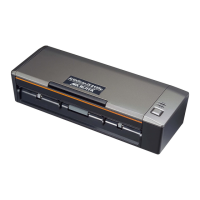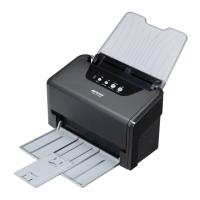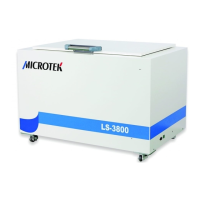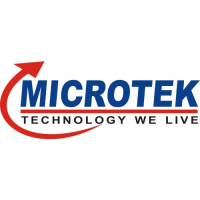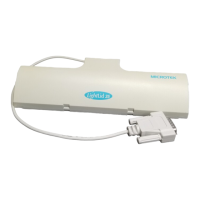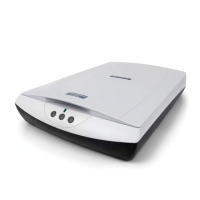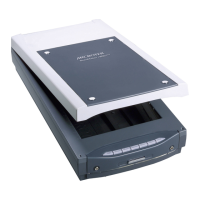128 ScanWizard Pro TX for Mac & PC
However, this is not the case with a Kodak CMS.
Kodak has patented its composition technology. This technology takes the
Source and Destination Profiles and composes them into a single color
transforming profile.
This technology adds significant improvement in the quality and performance of
the Color Management System.
NOTE
: :
: :
: You use the Source/Destination information when you setup or use your
CMS-based application, such as PageMaker 6.5.
Controlling UCR & GCR
Controlling UCR and GCR with Professional CMYK Profiles
In the final stages of color prepress production, the issues change: And your role
changes with them. You become that of a professional separator. And it becomes
a question of how skilled you are at making good films, films that run correctly
on press, avoiding downtime, rework, and expense.
Kodak Digital Science Professional CMYK Profiles helps you with your
separations. It expands your selection of undercolor removal (UCR) and gray
component replacement (GCR) options, so you can produce correct, quality
separations.
Some Background
It is difficult to print four wet layers of ink on top of one another. This is one of
the physical constraints of the printing process.
In theory, if you printed a 100% of each CMYK layer, you would have 400%
Total Area Coverage (TAC). Real-world experience proves this to be impractical.
It is difficult to print jobs that have more than 340% TAC, and most printers feel
more comfortable with 280% TAC.
Another area of practical concern is in how process inks are combined. Most
printers can not produce a clear, dense black from cyan, magenta, and yellow.
Black is needed to produce better details, contrast, and to get a desirable
density. Adding black to CMY reduces ink coverage TAC, and thus improves the
ability of paper to firmly hold each layer of wet ink, known as ink trapping.
So, from the concerns about ink coverage and ink combinations have come
tried-and-true approaches to producing excellent films for excellent separations.
Two aspects of the offset printing process are undercolor removal (UCR) and
gray component replacement (GCR).
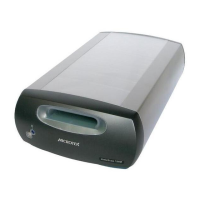
